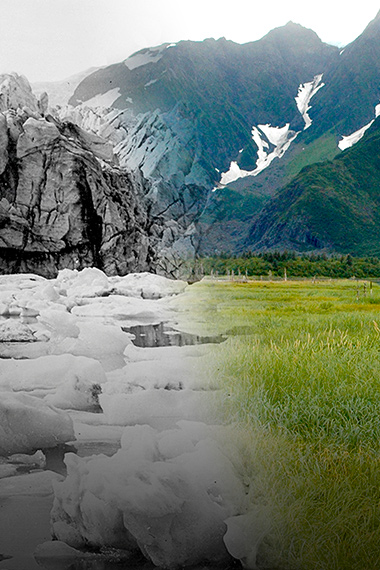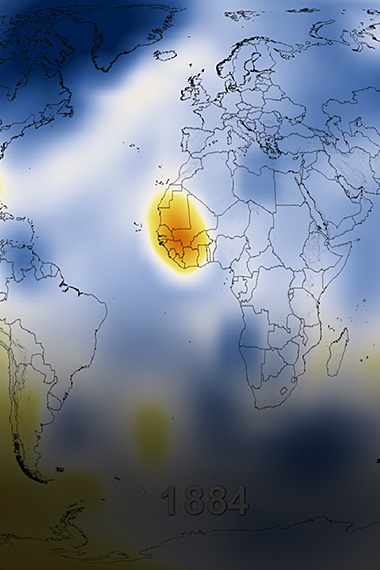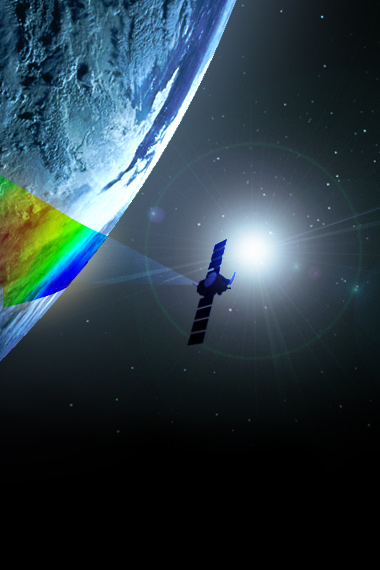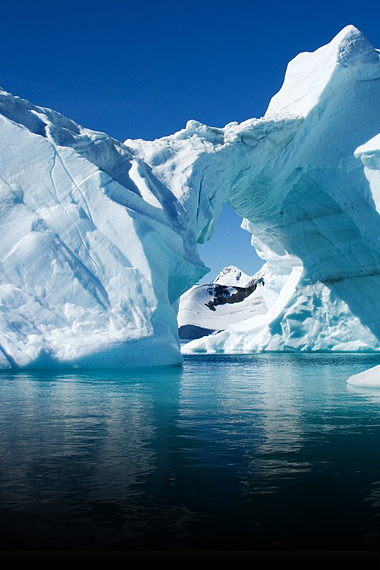MULTIMEDIA
Suwannee blackwater river meets the sea
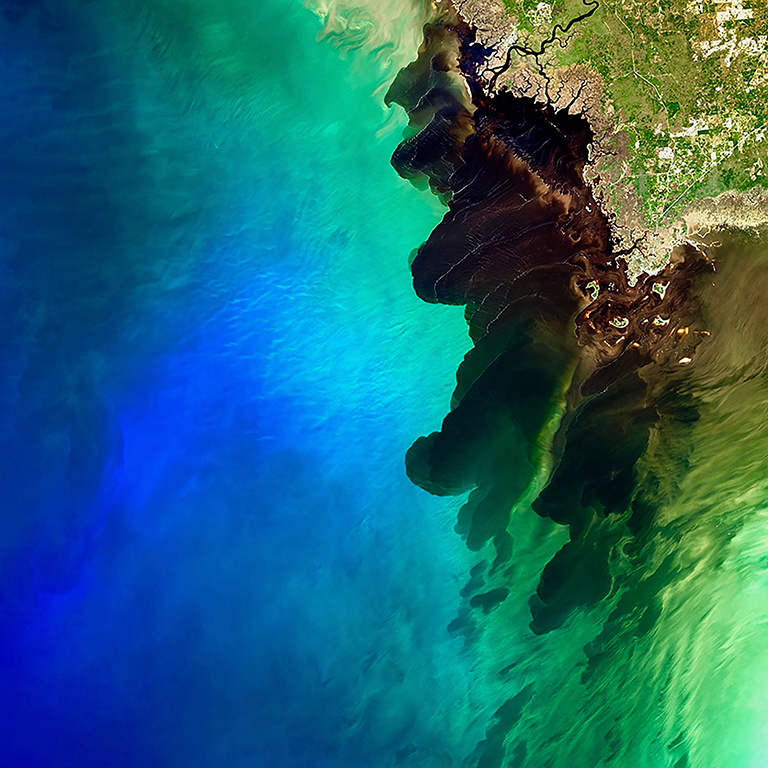
In a dense swampland in Georgia, just north of the Florida border, you find the headwaters of the Suwannee River (upper right).
The Suwannee is known as a “blackwater river” because of its dark-brown waters laden with organic material.
This river system has been called one of the most pristine in the United States, but some environmental pressures are putting that distinction in jeopardy.
Unlike other blackwater rivers, the Suwannee maintains its inky color along its entire 400-kilometer (250-mile) journey to the sea.
When the river finally meets the Gulf of Mexico along Florida’s Big Bend—that portion of coast where the state’s panhandle curves to meet its peninsula—its dark waters act like a tracer, revealing where the river water mixes with the sea.
That mixing was on display on February 20, 2015, when the Operational Land Imager on NASA's Landsat 8 satellite captured this view.
Alice Alonso, a former research scientist at North Carolina State University and now a researcher at the Université catholique de Louvain, entered this image into NC State’s Envisioning Science image contest.
She said the image “captures a large river discharge event, which resulted in a mesmerizing dark river plume contrasting with the deep blue color of the Gulf of Mexico.”
It is, in effect, a testament to the Suwannee River’s freshwater contribution to the sea and an echo of the unique, swampy ecosystem.
Credit
NASA Earth Observatory image by Dr. Alice Alonso, using Landsat satellite data from the U.S. Geological Survey. Story adapted from Laura Rocchio, NASA Landsat Science Outreach.


























.jpg?disposition=inline)
